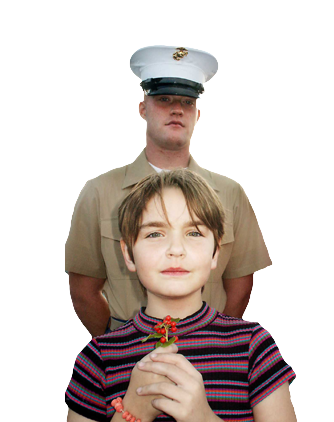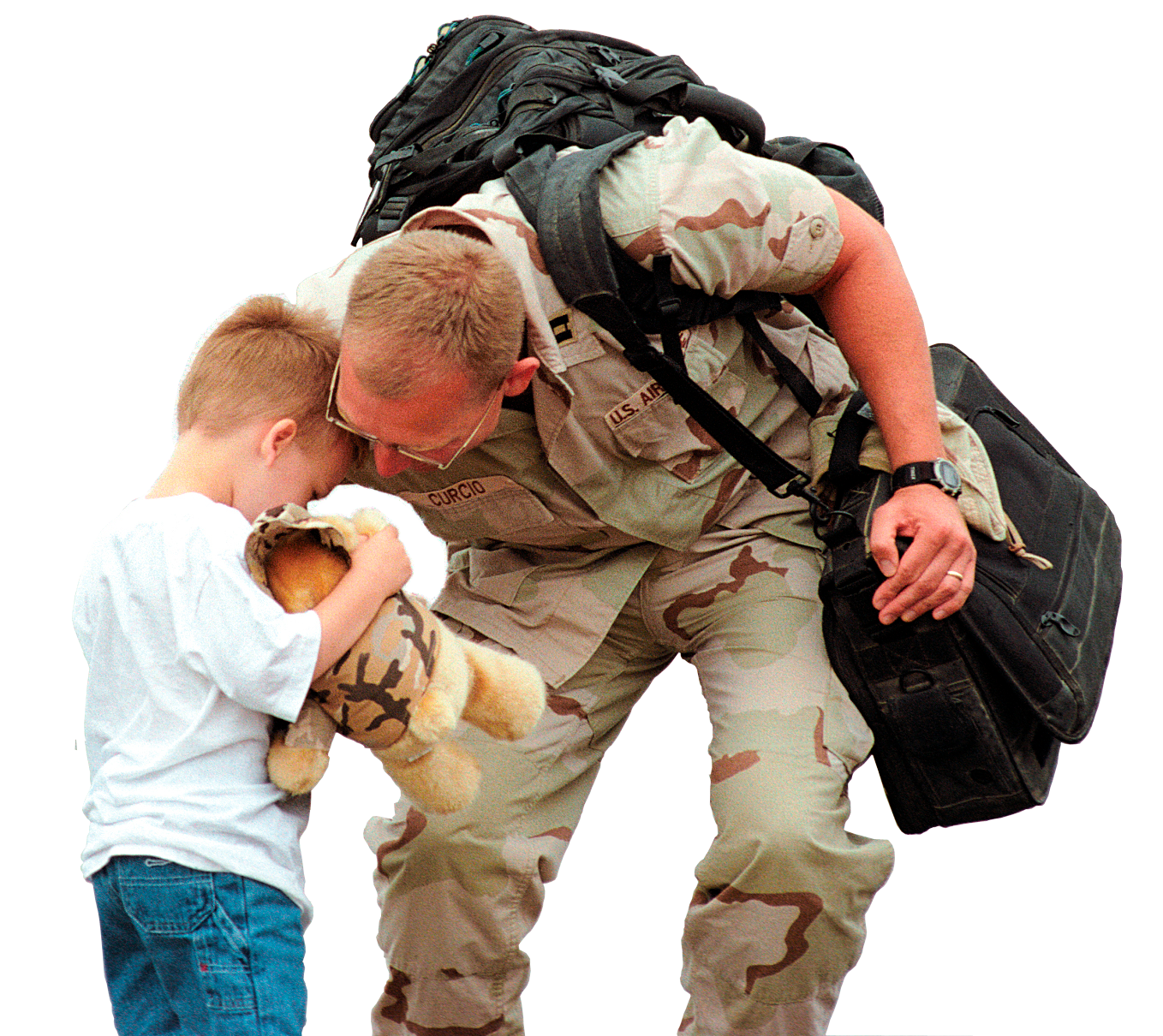[caption id="attachment_3915" align="alignleft" width="300"] Air Force Chief Master Sgt. Antonio Travis, right foreground, has been recognized by editors of Time Magazine as one of the 100 most influential people in the world for his efforts after the Haiti earthquake. Travis is shown here with Air Force combat controllers (from left) Senior Airman William Barrett, Staff Sgt. Kyle Graman, Staff Sgt. Jose Diaz, Staff Sgt. Joshua Craig, Staff Sgt. Chad Rosendale and Senior Airman Johnnie Yellock. U.S. Air Force photo[/caption] NEW YORK– Time magazine editors have named Air Force Chief Master Sgt. Antonio D. Travis to the 2010 Time 100, the magazine's annual list of the 100 most-influential people in the world, for his efforts after the Haiti earthquake.
Air Force Chief Master Sgt. Antonio Travis, right foreground, has been recognized by editors of Time Magazine as one of the 100 most influential people in the world for his efforts after the Haiti earthquake. Travis is shown here with Air Force combat controllers (from left) Senior Airman William Barrett, Staff Sgt. Kyle Graman, Staff Sgt. Jose Diaz, Staff Sgt. Joshua Craig, Staff Sgt. Chad Rosendale and Senior Airman Johnnie Yellock. U.S. Air Force photo[/caption] NEW YORK– Time magazine editors have named Air Force Chief Master Sgt. Antonio D. Travis to the 2010 Time 100, the magazine's annual list of the 100 most-influential people in the world, for his efforts after the Haiti earthquake.
 Air Force Chief Master Sgt. Antonio Travis, right foreground, has been recognized by editors of Time Magazine as one of the 100 most influential people in the world for his efforts after the Haiti earthquake. Travis is shown here with Air Force combat controllers (from left) Senior Airman William Barrett, Staff Sgt. Kyle Graman, Staff Sgt. Jose Diaz, Staff Sgt. Joshua Craig, Staff Sgt. Chad Rosendale and Senior Airman Johnnie Yellock. U.S. Air Force photo[/caption] NEW YORK– Time magazine editors have named Air Force Chief Master Sgt. Antonio D. Travis to the 2010 Time 100, the magazine's annual list of the 100 most-influential people in the world, for his efforts after the Haiti earthquake.
Air Force Chief Master Sgt. Antonio Travis, right foreground, has been recognized by editors of Time Magazine as one of the 100 most influential people in the world for his efforts after the Haiti earthquake. Travis is shown here with Air Force combat controllers (from left) Senior Airman William Barrett, Staff Sgt. Kyle Graman, Staff Sgt. Jose Diaz, Staff Sgt. Joshua Craig, Staff Sgt. Chad Rosendale and Senior Airman Johnnie Yellock. U.S. Air Force photo[/caption] NEW YORK– Time magazine editors have named Air Force Chief Master Sgt. Antonio D. Travis to the 2010 Time 100, the magazine's annual list of the 100 most-influential people in the world, for his efforts after the Haiti earthquake.Travis was one of the first U.S. military members on the ground at the Toussaint L'Ouverture International Airport in Port-au-Prince, Haiti, only 30 hours after the Jan. 12 earthquake and less than 12 hours after the nation's president requested U.S. assistance. The chief led a team of special tactics airmen from the 23rd, 21st and 123rd special tactics squadrons. With his team of combat veterans, Travis led the largest single-runway operation in history, using hand-held radios to control thousands of aircraft. Their air traffic control tower was a card table set up next to the airport's runway. "Twenty-eight minutes after touchdown, we controlled the first air landing followed immediately by a departure, and we did not slow down for the next 12 days," said Travis, who hails from Nelson County, Ky. After establishing control of the airfield there, his team orchestrated an orderly flow for incoming aircraft and dealt with the constraints of the inadequate airfield, which potentially could have limited relief operations. Facing 42 aircraft jammed into a parking ramp designed to accommodate 10 large planes and untangling the gridlock was the first of many seemingly insurmountable challenges necessary to facilitate the flood of inbound relief flights. In the dawn of the U.S. response to the Haitian crisis, Travis coordinated with Miami-based Federal Aviation Administration officials via text messaging on his BlackBerry. His ingenuity paid massive dividends as priority aircraft transited the small airport, delivering lifesaving water, food and medical supplies in support of the U.S. Agency for International Development-led international humanitarian effort. From chaos, Travis established order as his combat controllers reduced a four-hour hold time in the air on Day 1 to less than two hours on Day 2 and less than 15 minutes by Day 3. For 12 days, 24-hours-a-day, the airfield team ran the international airport in Port-au-Prince. Together with more than 200 other airmen from Hurlburt Field, Fla., they tirelessly ensured the safe and effective control of more than 4,000 takeoffs and landings, an average of one aircraft operation every five minutes, and enabled the delivery of 4 million pounds of humanitarian relief to the people of Haiti. Without computers or electricity, Travis and his team controlled as many as 250 aircraft daily, exceeding the normal capacity of the airfield by 1,400 percent without a single incident. By Jan. 25, his team was able to hand operations over to Air Force air traffic controllers with a portable control tower. While directing the airfield operations, Travis also supervised a group of pararescuemen, known as PJs, and medical technicians who augmented a search-and-rescue team from Virginia. These teams were credited with 13 technical rescues and 17 additional saves. Additionally, the special tactics airmen he led surveyed nearly 100 sites for use as potential humanitarian relief supply delivery sites. His teams’ technical expertise and unflagging commitment ultimately led to successful air deliveries by C-17 Globemaster IIIs of humanitarian aid that included more than 150,000 bottles of water and 75,000 packaged meals that subsequently were delivered to earthquake victims by helicopter. Travis is the chief enlisted manager of the Air Force Special Operations Training Center at Hurlburt Field. He served seven-and-a-half years in the Marine Corps before transferring into the Air Force as a combat controller in 1993. As a senior combat controller, he has supported combat, combat support, humanitarian, and search-and-rescue operations throughout the United States, the Pacific and European theaters, and at many austere locations across the globe. Travis is married to the former Andrea Lawrence of Bardstown, Ky. Their children are Brittany, 21; Amanda, 19; and Emily, 15. Like Army Rangers and Navy SEALS, Air Force special tactics airmen are an elite force of special operators. They are combat controllers, who conduct tactical airfield operations and close air support; PJs, who conduct combat search and rescue; special operations weathermen, who provide tactical weather forecasting and environmental reconnaissance; and tactical air controllers, who integrate close air support into special operations missions. Time's full list and related tributes of all those honored appear in the magazine’s May 10 issue, available on newsstands and online. April 30, 2010: By Air Force Maj. David Small, Air Force National Media Outreach Office'






